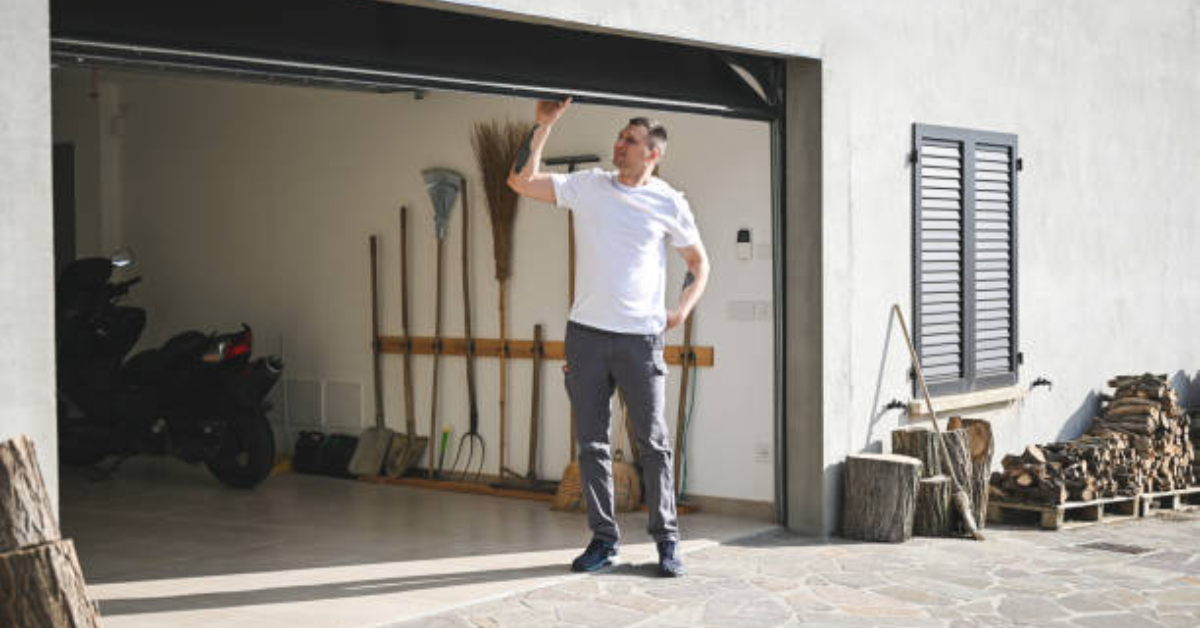How to Get Your Garage Door Back on Track?
Garage doors that come off their tracks can be both frustrating and potentially dangerous. A door that isn’t aligned can put stress on the entire system, leading to more costly repairs if not handled quickly. This guide will walk you through the steps to safely get your garage door back on track, along with helpful tips to prevent future issues. Whether you’re facing a small misalignment or a complete derailment, you’ll find solutions to restore smooth and safe operation.
Understand the Cause of the Misalignment
Before beginning repairs, it's essential to understand why the garage door is off track. Here are some common causes:
- Impact or obstruction: Accidentally bumping the door with a vehicle or placing objects in the door’s path can knock it off balance.
- Worn-out parts: Over time, rollers, hinges, and tracks wear down, leading to alignment issues.
- Lack of maintenance: Regular maintenance prevents minor issues from worsening and causing derailments.
Identifying the root cause helps ensure your fix will last and that additional damage hasn’t occurred.
Gather Necessary Tools and Safety Equipment
Safety is crucial when working on garage doors due to their weight and tension. For this task, you’ll need:
- Screwdrivers
- Pliers
- Adjustable wrench
- Safety gloves
- Ladder (if needed for higher doors)
Having these tools ready will make the process easier and safer.
Disconnect the Power
Turn off the power to the garage door opener by unplugging it from the wall. This prevents accidental activation while you’re working. If your opener has a battery backup, disconnect that as well.
Safety Note: If your door is partially open, be cautious, as it may slide down due to the lack of motor control.
Open the Track with Pliers
Identify where the rollers are off track. Using pliers, slightly pry open the track at the point where the door is misaligned. This gap will allow you to guide the roller back onto the track.
Pro Tip: Only open the track slightly, as too wide a gap may cause future derailments.
Guide the Rollers Back on Track
Once the track is opened, carefully guide each roller back into place. Begin with the bottom rollers and work your way up. Ensure each roller is securely in the track before moving to the next.
If the rollers are damaged or rusty, consider replacing them, as new rollers glide smoothly and reduce strain on the garage door mechanism.
Test the Door’s Movement Manually
With the rollers back in place, manually test the door to ensure smooth movement. Gently lift the door, and observe if it slides freely on the track without sticking or derailing. If it moves without issue, proceed to close the track.
Close the Track and Tighten All Bolts
Use your pliers to carefully bend the track back to its original position, ensuring a snug fit around each roller. Next, inspect and tighten any loose bolts on the tracks and brackets. Loose bolts can cause wobbling and derailment.
Lubricate the Tracks and Rollers
Applying lubricant will help your garage door operate smoothly and prevent future derailments. Use a silicone-based or lithium-based lubricant on the tracks, rollers, and hinges. Avoid heavy oils, as they can attract dust and debris, clogging up the track.
Reconnect the Power and Test the Door
Once everything is back in place, reconnect the power to the garage door opener. Use the remote control to open and close the door a few times, observing its movement. If it moves smoothly and stays on track, your repair was successful.
Regular Maintenance Tips to Keep Your Door on Track
Keeping your garage door aligned and operating smoothly requires regular maintenance. Here are a few tips:
- Inspect regularly: Check the tracks, rollers, and hardware every few months for wear, tear, or obstructions.
- Lubricate parts: Apply lubricant to moving parts every 6 months to reduce friction and wear.
- Check for misalignment: Listen for unusual sounds and watch for irregular movement, as these are signs the door might be misaligned.
When to Call a Professional
While these steps cover basic derailment issues, some situations require professional help. For example, if the tracks are severely bent or damaged, replacement may be necessary, which typically requires the expertise of a professional. Broken springs or cables also pose a significant risk due to the high tension they hold, making professional handling essential to ensure safety. Also, if your garage door continues to come off track despite your repair efforts, it could indicate a deeper, underlying issue that a specialist can properly diagnose and resolve. For complex garage door repairs, companies like Fix N' Go Garage Door Repair provide the expertise needed to safely and effectively address these problems, keeping your garage door running smoothly and securely.
Final Thoughts
Getting your garage door back on track can be a manageable DIY task with the right tools and safety precautions. By following these steps, you can restore functionality, maintain safety, and extend the life of your garage door system. Regular maintenance and careful operation will keep your door running smoothly, allowing you to avoid further complications down the road.




